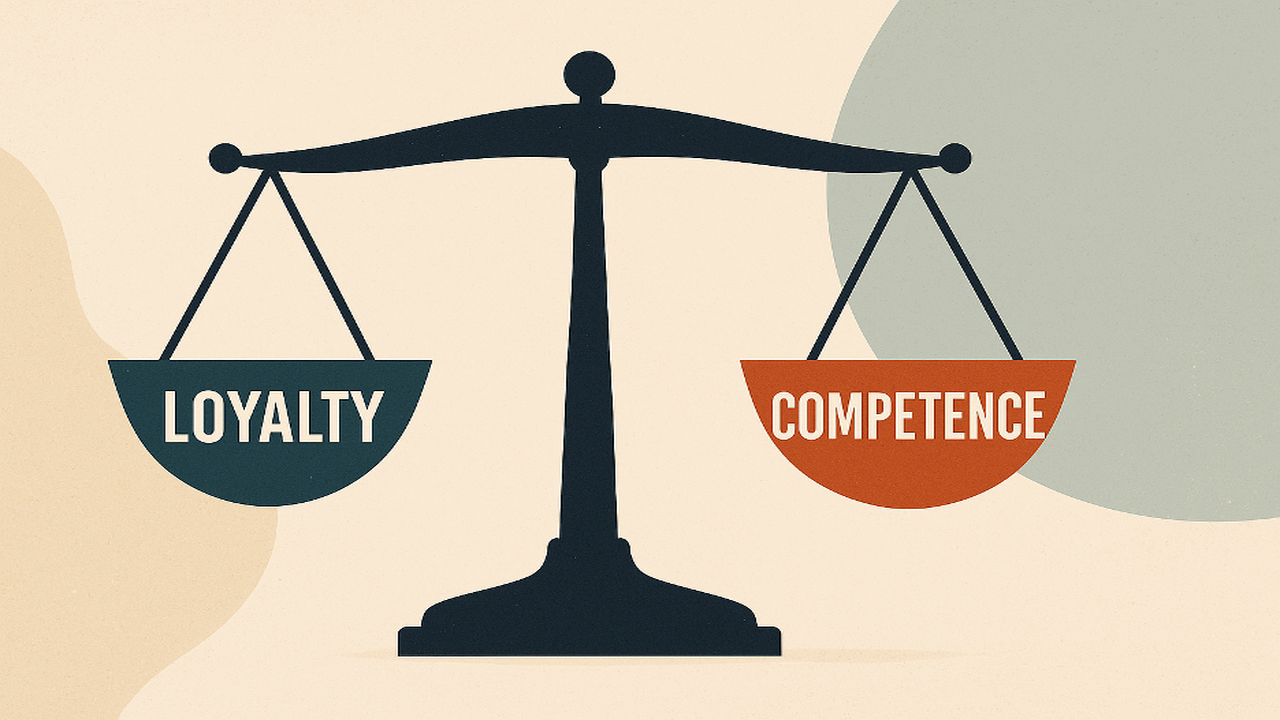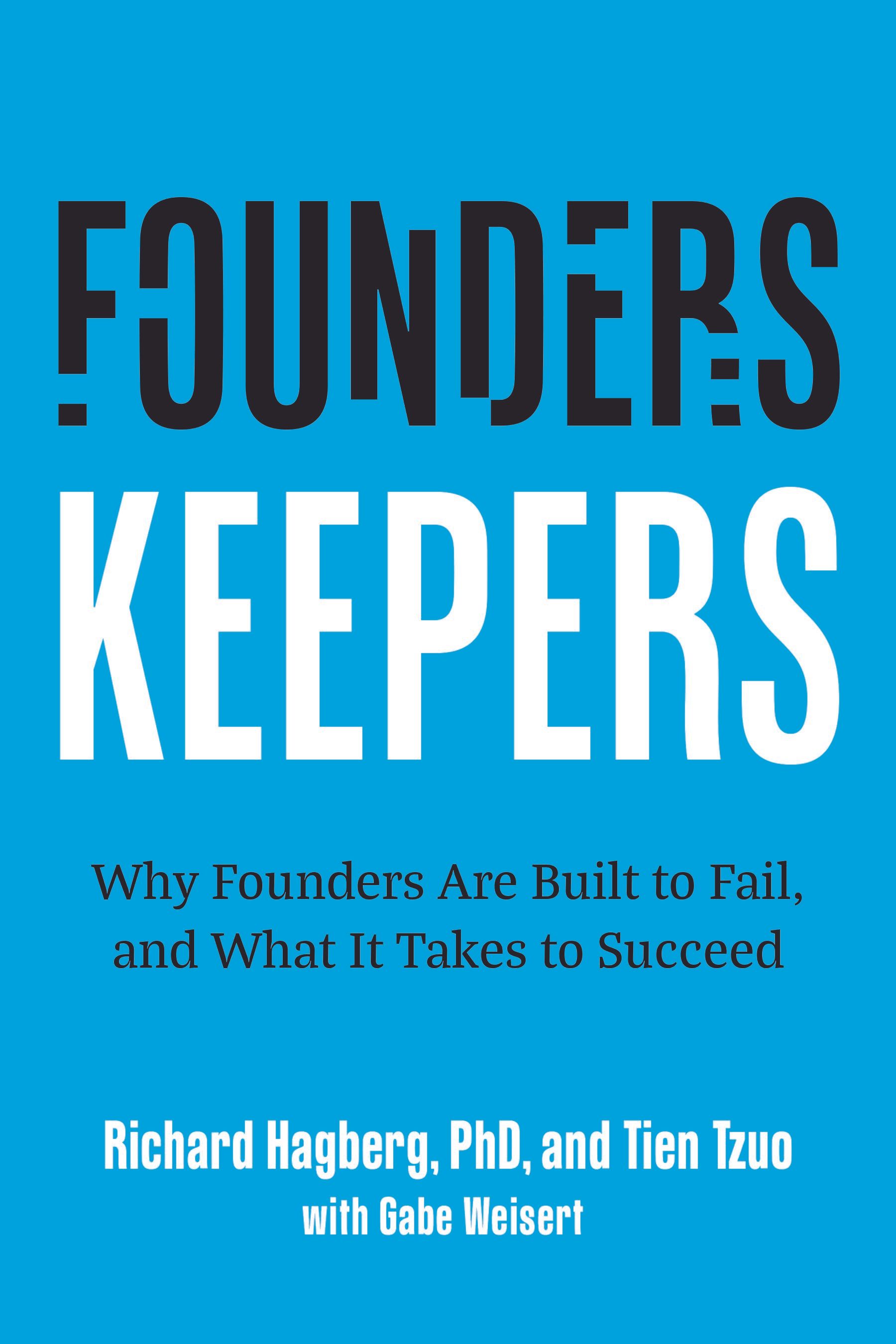Why is it that so many founders fail?
We know, and this is how...
What Sets Richard Hagberg's Leadership Coaching Apart
Actionable Strategies to Unlock the Potential of Startup Founders and CEOs
'What got you here, won't get you there'
- Leadership Scaling for Startup Founders: Rich helps founders and CEOs elevate from creative visionaries to strategic leaders—essential for startup scalability.
- Practical Wisdom for Startup Success: Using his deep understanding of psychology and rich consulting experience, Rich turns theoretical frameworks into actionable strategies for founders.
- Cultivating Startup Team Dynamics: Rich enhances startup success by fostering a culture of collaboration and aligning team dynamics with strategic objectives.
- Global Perspective for Diverse Challenges: With a broad spectrum of international consulting experience, Rich brings global insights that cater to diverse startup environments.
- Firsthand Startup Insights: Drawing on his own experiences as a founder, Rich offers practical guidance to navigate the entrepreneurial journey.
- Candid Advice for CEO Growth: Rich provides straightforward, unbiased feedback to help founders overcome obstacles and refine their leadership skills.
- Management Strategies for Scaling: Rich delivers essential strategies for managing day-to-day operations and strategic planning, ensuring founders can effectively lead and manage their startups.
- Guidance Through Startup Growth Phases:
Rich supports founders in adapting and refining their strategies and leadership approaches to thrive during business expansion.
How Founders and CEOs Frustrate Their Investors
Overconfidence
Founders and CEOs may exhibit an unshakable belief in their vision, which can sometimes border on hubris. This overconfidence can lead to a dismissal of valid feedback and an underestimation of real risks.
Misalignment of Goals
Discrepancies between the founder’s vision for the company and the investor’s goals can lead to conflict, especially if there is not a clear agreement from the outset.
Micromanagement
Founders who fail to delegate appropriately can become bottlenecks, stalling growth because they are unable to scale their leadership alongside the company.
Scaling Prematurely
Startups that try to scale too quickly can run into operational and financial problems that may threaten the entire venture, causing investor concern.
Poor Communication
Investors can become frustrated if founders are not transparent or do not communicate regularly and effectively about the challenges, progress, and financial status of the company.
Inefficient Use of Capital
Some founders may resist the advice or guidance from investors, viewing it as interference, rather than as a valuable resource for growth and learning.
Failure to Pivot
The unwillingness or inability to pivot when a strategy is clearly not working can be a major source of frustration, as it may lead to missed opportunities and wasted resources.
Lack of Focus
Founders who chase after new ideas or opportunities without fully developing their core product can spread resources too thin and detract from the company's primary value proposition.
Resistance to Guidance
Some founders may resist the advice or guidance from investors, viewing it as interference, rather than as a valuable resource for growth and learning.
Inadequate Team Building
Investors can get frustrated when founders don’t build a capable team or fail to address underperformance, which can hamper the startup’s development.
Underestimating the Competition
Founders who do not adequately respect the competitive landscape can be blindsided, which is a concern for investors looking to protect and grow their investments.
Common Problems founders and CEOs face at each startup stage
Seed Stage: Common Founder Problems
• Their inexperience causes them to lack the business acumen to make good decisions, often mismanaging funding, pivoting too late or too often and wasting scarce resources
• They make impulsive decisions, like selecting a market without doing their research rather than thinking through their options and gathering the facts
• Their overconfidence, naïve optimism, and tendency to suffer from confirmation bias makes them unwilling to face the facts and understand their own weaknesses and mistakes
• There are inefficient in their use of limited financial and human resources
• They struggle to prioritize tasks and manage their time effectively
• They make poor decisions in selecting co-founders and early hires due to a a tendency to hire their friends or people who are too similar rather than people with diverse skills and experience.
• They overestimate the value of their offering, fail to listen to input and move ahead without sufficient validation that their product really meets market needs
• They get attached to their original idea and are unable or unwilling to recognize its flaws
• They think they have product/market fit when they really don’t
How Can Coaching Founders Help Improve Their Success at The Seed Stage
• Helping Turn Insights into a Business Model: Equip visionaries to use their enthusiasm wisely, turning creative ideas into savvy business moves and efficient resource use.
• Informed Market Entry: Guiding founders in thorough a disciplined market research process to back their bold moves with solid data.
• Market-Driven Validation: Steer founders to seek and listen to market feedback, ensuring their product is a fit before full-scale launch
• Balanced Optimism: Encourage founders to couple their optimism with a healthy awareness of business realities and personal limitations, helping them learn from feedback and adapt.
Traction Stage: Common Founder Problems
• They are better at starting up but not scaling up and adapting their strategies and operations to accommodate growth
• They are not always open to refining their product, deepening their understanding of their customer and stubbornly refuse to modify their original vision
• They don’t understand the value of leveraging others and are unable to build teams, delegate and empower others, leading to bottlenecks, bad decisions, and burnout
• They focus on reacting to short-term problems and neglect long-term strategic planning that is essential to sustained growth and inspiring confidence in further rounds of funding
• They don’t refine their customer acquisition and retention methodology
How Coaching Can Help Improve Founder Success at The Traction Stage
• Start-Up to Scale-Up Transition: Propel founders to match the pace of their startup's growth by scaling their mindset and operations effectively and adapting new approaches
• Product Refinement and Customer Insight: Encourage founders to stay flexible and responsive to deep customer insights, enhancing their product to meet evolving market demands.
• Team Development and Empowerment: Guide leaders to recognize the value of collective wisdom, upgrading and cultivating teams that can share the load and multiply the company's potential.
• Strategic Long-Term Focus: Shift the founders' focus from fighting daily fires to igniting long-term strategies that sustain growth and attract future investment.
• Optimizing Customer Lifecycle: Help founders to fine-tune their approach to winning and keeping customers, turning single transactions into lasting relationships.
Expansion Phase: Common Founder Problems
• They don’t make a shift from hands-on control to strategic leadership and struggle to adapt to internal resistance and use collaborative dialogue when trying to implement necessary changes for growth
• They don’t share enough information, inadvertently creating information silos and impairing the company’s ability to make unified and informed decisions at a critical time of growth
• They often hinder progress by their resistance to establishing the necessary systems and processes that ensure sustainable growth
• They have difficulty effectively growing beyond the company’s initial market and adapting the requirements of fast growth and new markets
How Coaching Can Help Improve Founder Success at The Expansion Stage
• Leadership Evolution: Enable founders to elevate their role from micro-management to strategic-leadership, aligning their team towards common goals during scaling efforts.
• Information Flow Optimization: Promote transparent communication channels to eliminate information silos, ensuring cohesive and informed decision-making throughout the company.
• Systems and Processes for Growth: Advocate for the development and adoption of robust systems and processes that are the bedrock of sustainable and scalable growth.
• Market Expansion Mastery: Equip founders with the strategies to navigate the complexities of entering and thriving in new markets, ensuring the company’s growth is both calculated and effective.
• Balanced Risk Management: Foster a balanced approach to risk-taking, mitigating the temptation to over-expand and maintaining a sustainable growth trajectory.
• Strategic Adaptability: Cultivate a strategic pivot mindset to avoid disruptive and impulsive changes, ensuring adaptability does not come at the cost of established processes and market position.
• Creative Discipline: Encourage founders to channel their creativity into systemizing the essential, though perhaps mundane, aspects of business management crucial for scaling.
DEFUSING THE TICKING TIME BOMB
To grow as balanced leaders, founders must change from individual contributors to leaders who can let go of control and build teams effectively.
Founders need to learn to work through others as the company grows in complexity and size.
Founders need to utilize their unique strengths but also improve their weaknesses.
Founders need to utilize their unique strengths but also improve their weaknesses
Founders must understand their autopilot behaviors that can jeopardize success
What I Provide
PENETRATING PSYCHOLOGICAL INSIGHTS TO HELP YOU UNDERSTAND WHAT HELPS YOU SUCCEED AND WHAT GETS IN THE WAY
A DATA-DRIVEN ROADMAP FOR NAVIGATING STARTUP GROWTH AND FOUNDER SCALING
PRACTICAL OPERATING EXPERIENCE AS AN ENTREPRENEUR WHO HAS BEEN THERE
practice and frameworks you need to master your leadership position
Candid Feedback That Others Won't Give You
An Objective Sounding Board When Your'e Stuck
Leadership Coaching
For Founders and Executive Teams











